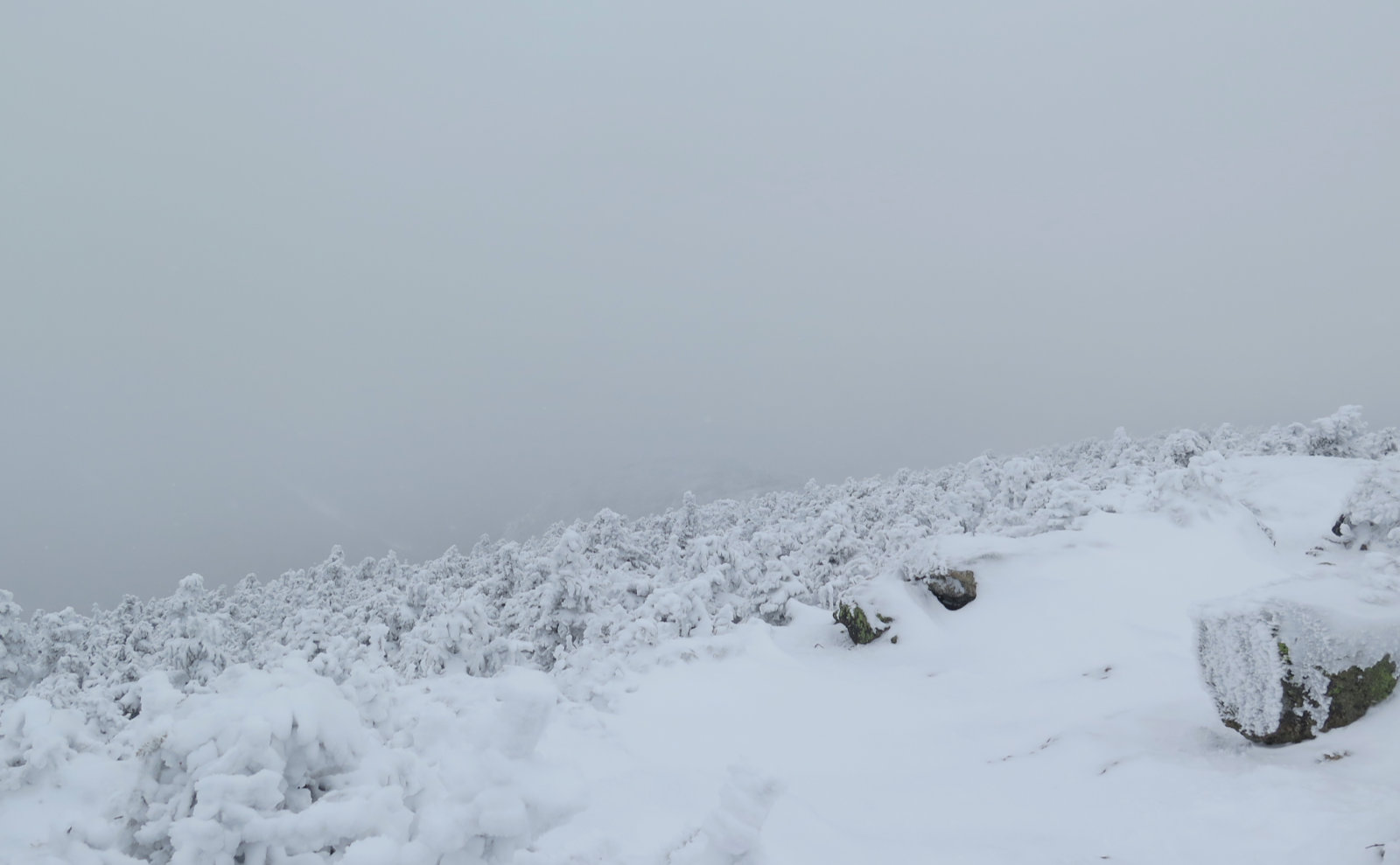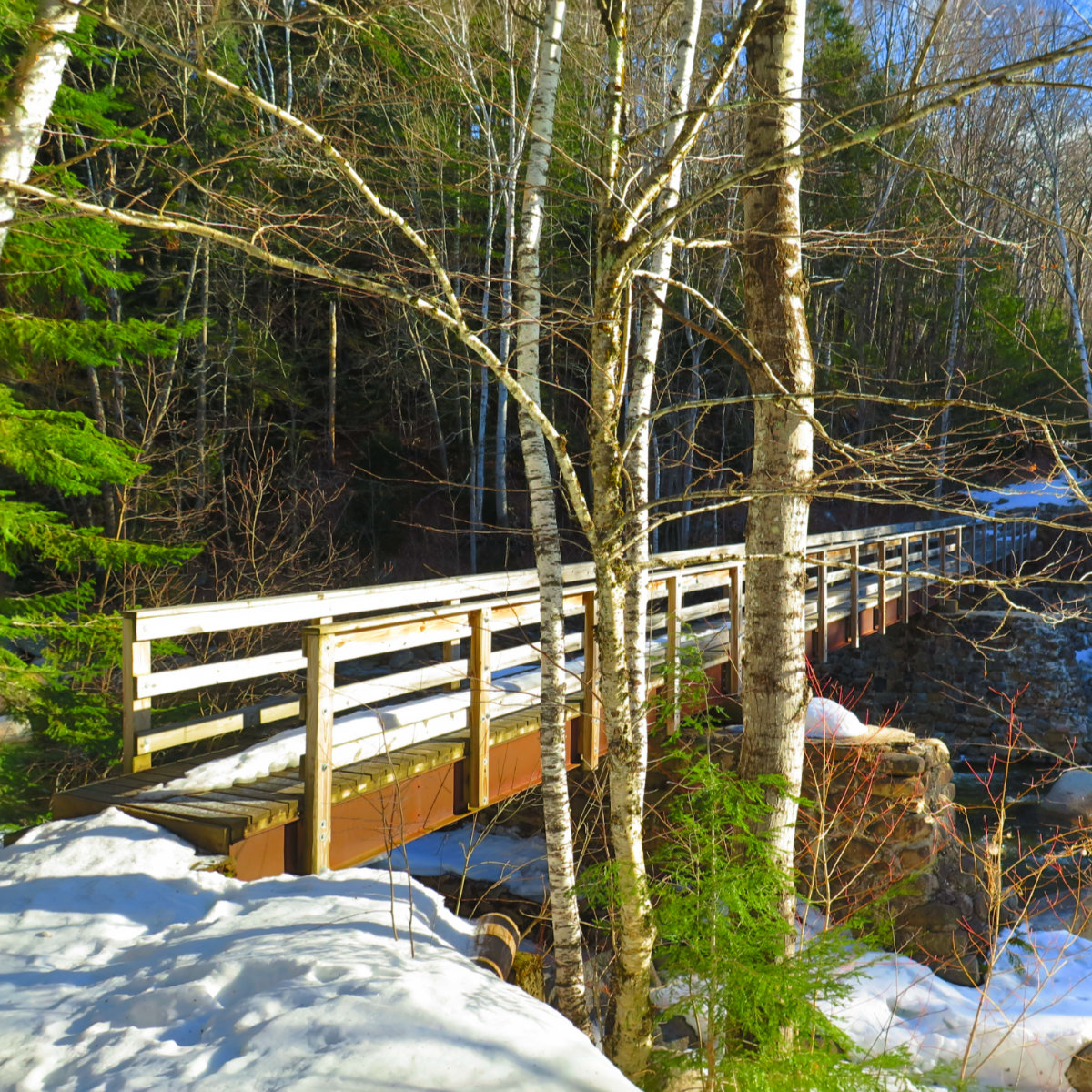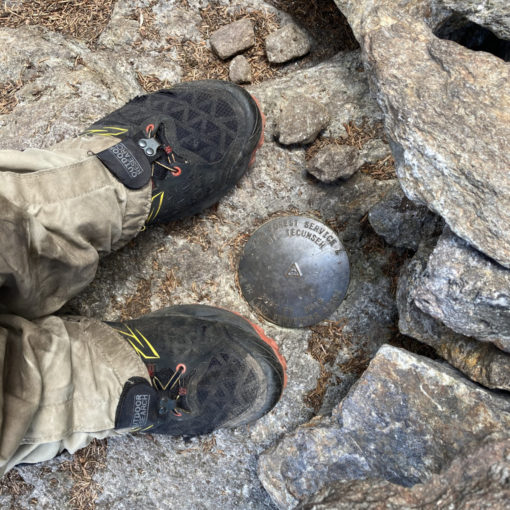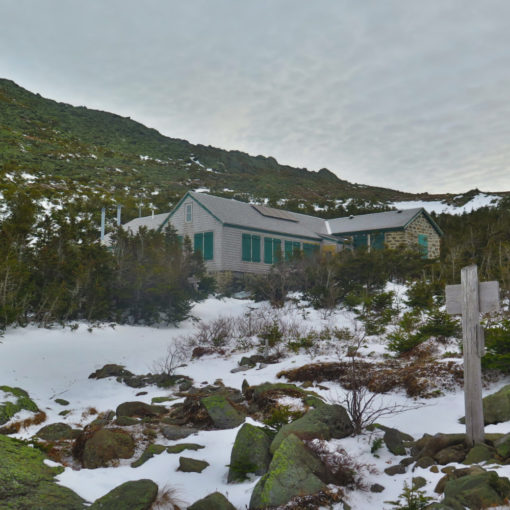A nugget from aviators is salient advice for all trekkers
Occasionally I click over to a YouTube channel on aviation. A few of my friends are pilots, and I’ve long admired the aviation community’s culture of safety. As a helicopter pilot once explained, they take pains to be sure everything is properly attended to before going “wheels-up” because “if something goes wrong when you’re in the air, there’s no side of the road up in the sky where you can pull over and fix things along the way.” Once the wheels (or skids, if you fly a helo) leave the ground, you’re acutely aware that both gravity and the weather can be harsh and unforgiving mistreses. As they say, it’s not the fall that gets you, but the sudden stop at the end.
One of the big ticket topics over the past year has been a tragic helicopter crash in California, wherein Kobe Bryant and his daughter lost their lives. The aviation community has been dissecting this one for awhile now, and the NTSB just recently issued their findings. In short, it boiled down to something we’re all guilty of at various points: a good pilot just made a bad decision. We all make mistakes, but in this instance, the results were fatal.
So what can we as hikers learn from this?
I’d prefer that blood spilled never goes wasted, so let’s look at what we can do to stay safe, and even help others do so as well. If you’re interested in the YouTube video, it’s here, but know that there’s a fair bit of aviation jargon involved. If you’re not used to it, know that you might be subject to a little head-spinning. But most of what’s said can be understood with a couple minutes of snooping around on the internet. Don’t worry: there’s nothing in the video that will make you reach under your seat for a flotation device, no oxygen masks will fall from the ceiling. Unfortunately, no-one will be passing by with the drinks cart either, but you can’t have everything.
First, while we can never get into the head of another person, and even less when that person is dead, at the same time, it’s reasonable to guess that at least on some level, a case of “get-there-itis” was in play. We all love to reach our goals, to check things off our to-do lists. But as I’ve often highlighted, anyone hiking up the last stretch of the AT on Katahdin knows the MATC spells this one out rather pointedly: “Your destination is your safe return to the trailhead.” I’ll add to that “the summit is an optional extra.” And while I know that there’s at least one trailhead halfway up a mountain, I know of precisely zero trailheads that are on the summit itself.
Second, it’s important to pay attention to distractions. I’m not advocating allowing yourself to be distracted per se, but be aware of those distractions that are tugging at your attention, and guard against them. But what’s that mean in the mountains? When you’re cold, it’s easy to focus on the numb fingers and toes, and completely not notice you’ve gone off-trail. And then what’s your plan B? You’re chugging along on a technical trail, and things seem to be going well, but with all the attention you’ve been paying to the terrain, you’ve neglected to look up and keep tabs on the weather. Now it’s snowing, the wind is blowing drifts all around, and the clouds are dropping rapidly. Before long, it’s going to be tough seeing the next cairn. Or you’re having a great time, and the hours are melting away. Oh yeah, and you got to the trailhead late… here comes nightfall and “wow, did I remember to pack fresh batteries for my headlamp?” What now? It’s a smart idea to pause periodically and take stock of the overall picture, and maintain good situational awareness. That includes looking at the weather conditions, trail conditions, and being sure of the time and how much daylight you’ve got left. (To that end, there are apps you can get which will tell you each day the times for sunrise, sunset, twilight, etc. Mine even gives me a heads-up an hour before sunset… as it did just now.)
Lastly, I’m going to bring up a term the NTSB official used, which frankly is new to me in terms of the actual words used, but it’s a concept that is quite familiar: “SLOJ”, or Sudden Loss Of Judgement.” This goes back to the truism that we all make mistakes. We fall back on what we know, allowing confirmation biases and other cognitive traps to take hold of the situation, often with disastrous consequences. Most of the time that something nasty happens, there’s a chain of events preceding the disaster. Any one of the events wouldn’t be the single cause, but taken together, calamity. And so it’s important to stay tuned to what’s going on, and recognize the chain as it unfolds, putting the brakes on before the emergency, not after. When you make a choice, stop and ask why you’re making that choice: are you falling prey to a bias or are you operating with a clear head? Tying this back to the second point, when you take a quick pause to reassess your situational awareness, keep asking “should I be here, or is it time to bag the hike and head back to the car?” When in doubt, choose the latter. The mountain will be there tomorrow. Make sure you’re alive tomorrow, too.
Folks, winter is with us for a fair bit more, at least if Puxatawney Phil is to be believed. Beyond that, it remains reliably deadly-cold in the mountains until sometime around late springtime. Anyone who keeps even half an eye toward the local news knows that the mountains take wayward hikers for themselves each year: Mt Washington usually kills one or two annually. If we’re going to complete our various lists, or even just come back to smell the flowers by the side of the trail, we’ve got to be vigilant and guard against mistakes. Make good choices, even if it’s the painful one that says “you know, I think it’s time to head back.”
As always, stay safe out there.




